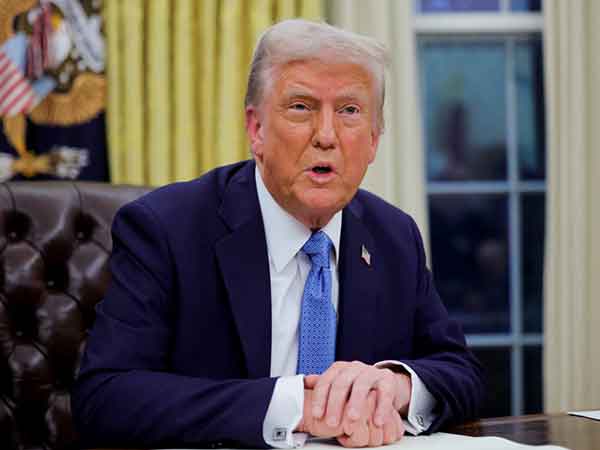Trump Imposes 25% Tariff on Imported Vehicles in Major Trade Policy Shift

In a tremendous flow geared toward reshaping the car industry, President Donald Trump introduced a 25% tariff on all imported motors entering the USA. The new tariff, set to take impact on April 2, is designed to inspire car manufacturers to growth home manufacturing, a circulate Trump described as “very exciting” for American industry.
The price lists are predicted to impact nearly half of all motors sold within the United States, such as many American-branded cars that are assembled abroad. This sweeping measure is a part of Trump’s broader effort to lessen change deficits and sell domestic production.
Industry Concerns and Economic Impact
While the Trump management stays positive approximately the new price lists’ potential to enhance home jobs and production, enterprise leaders and economists have raised concerns about the unintended outcomes. Autos Drive United States, a alternate institution representing international automobile manufacturers working within the United States, voiced severe reservations about the tariffs’ monetary impact.
“The tariffs will make automobile manufacturing greater high priced,” the group warned, “potentially main to better costs for customers, decreased client choices, and capacity activity marketplace disruptions.”
Economists are expecting that the price lists could improve car costs by thousands of dollars, placing in addition strain on clients already coping with rising inflation. Higher fees are anticipated not only for imported vehicles but also for American brands that depend on international deliver chains for key additives.
Escalating Trade Tensions
The coverage is predicted to heighten change tensions with numerous key automotive manufacturing nations, which include European nations, Japan, and South Korea. These international locations together export millions of automobiles to United States and are probable to look the price lists as a right away venture to their industries.
European officials have already voiced concern, with a few calling for retaliatory price lists on American exports in reaction. Japan, a major dealer of cars to the United States market, has additionally criticized the circulate, caution that it could strain diplomatic and economic family members.
South Korea, which these days renegotiated its change agreement with United States, may additionally face stress to make in addition concessions if its automobile exports are adversely impacted.
Potential Ramifications for the Auto Industry
The global automobile enterprise is bracing for large adjustments in response to the brand new coverage. International carmakers may be compelled to reconsider their manufacturing techniques, doubtlessly transferring assembly operations to the United States to avoid the added expenses.
Domestic automakers may additionally face demanding situations. Although the price lists are supposed to inspire neighborhood manufacturing, many American brands produce a number of their most famous fashions distant places. These automobiles will now face higher import costs, raising worries that rate hikes may want to have an effect on demand and restrict income.
Impact on Indian Automotive Exports
In addition to the wider tariff announcement, President Trump signaled a right away attention on India’s automobile enterprise. During a current speech to Congress, Trump criticized India’s “immoderate” import price lists on American automobiles, claiming they exceed 100% in some cases. He vowed to introduce a reciprocal tax on Indian imports beginning April 2, in addition complicating global alternate members of the family.
“India fees us automobile price lists better than 100%,” Trump remarked. “We’ve been ripped off for many years via nearly every country on the earth, and we won’t allow that happen to any extent further.”
The Road Ahead
As the cut-off date for the price lists’ implementation procedures, carmakers, consumers, and trade companions are carefully monitoring developments. While Trump keeps that the policy will make stronger United States economy by using promoting home manufacturing, critics warn of capability monetary fallout, including improved patron costs, change retaliation, and disruptions to the global deliver chain.
The coming months will display how producers adapt to this widespread policy shift and whether or not Trump’s tariffs achieve their intended purpose of boosting American industry or create extra demanding situations for agencies and purchasers alike.


